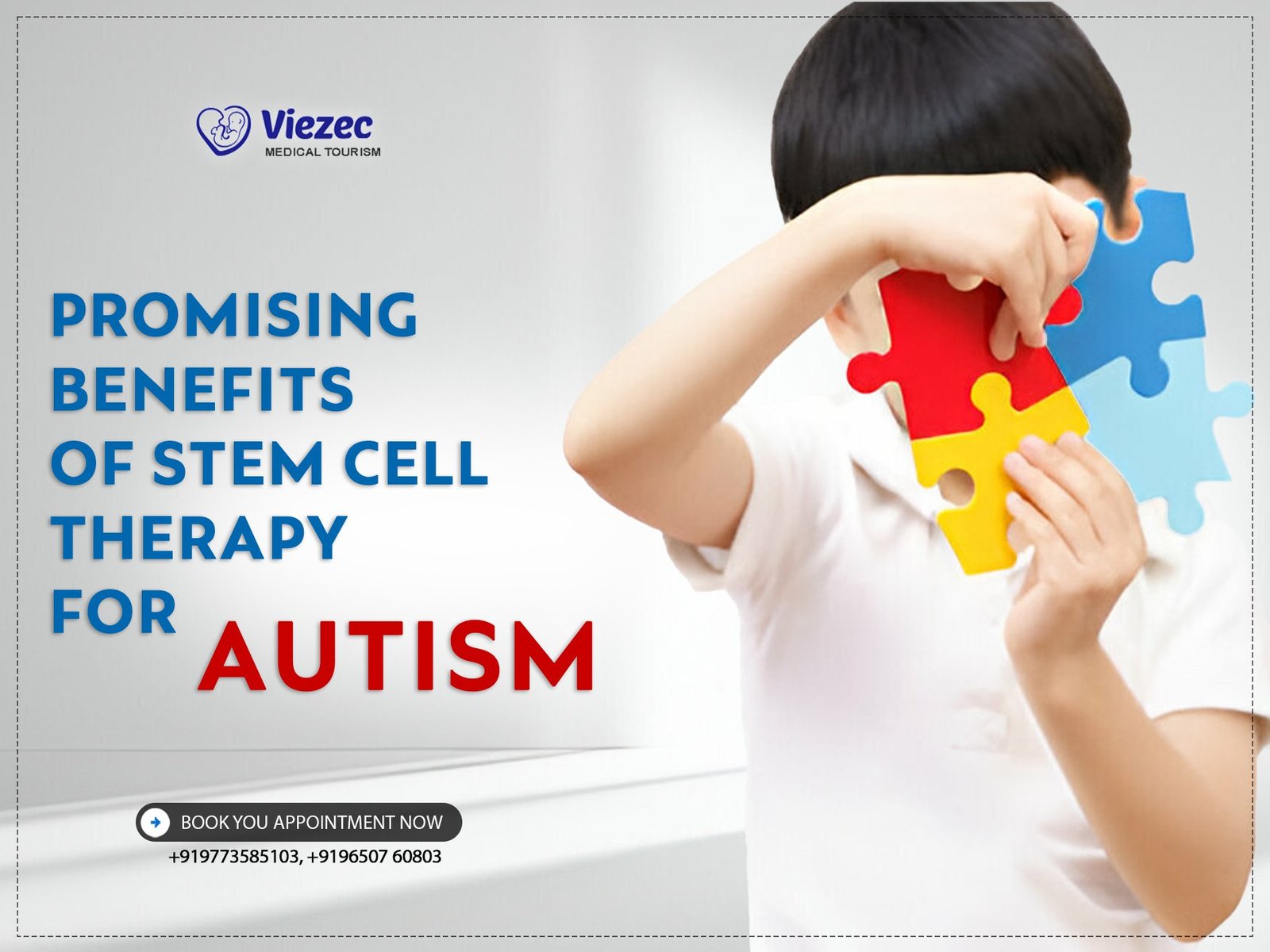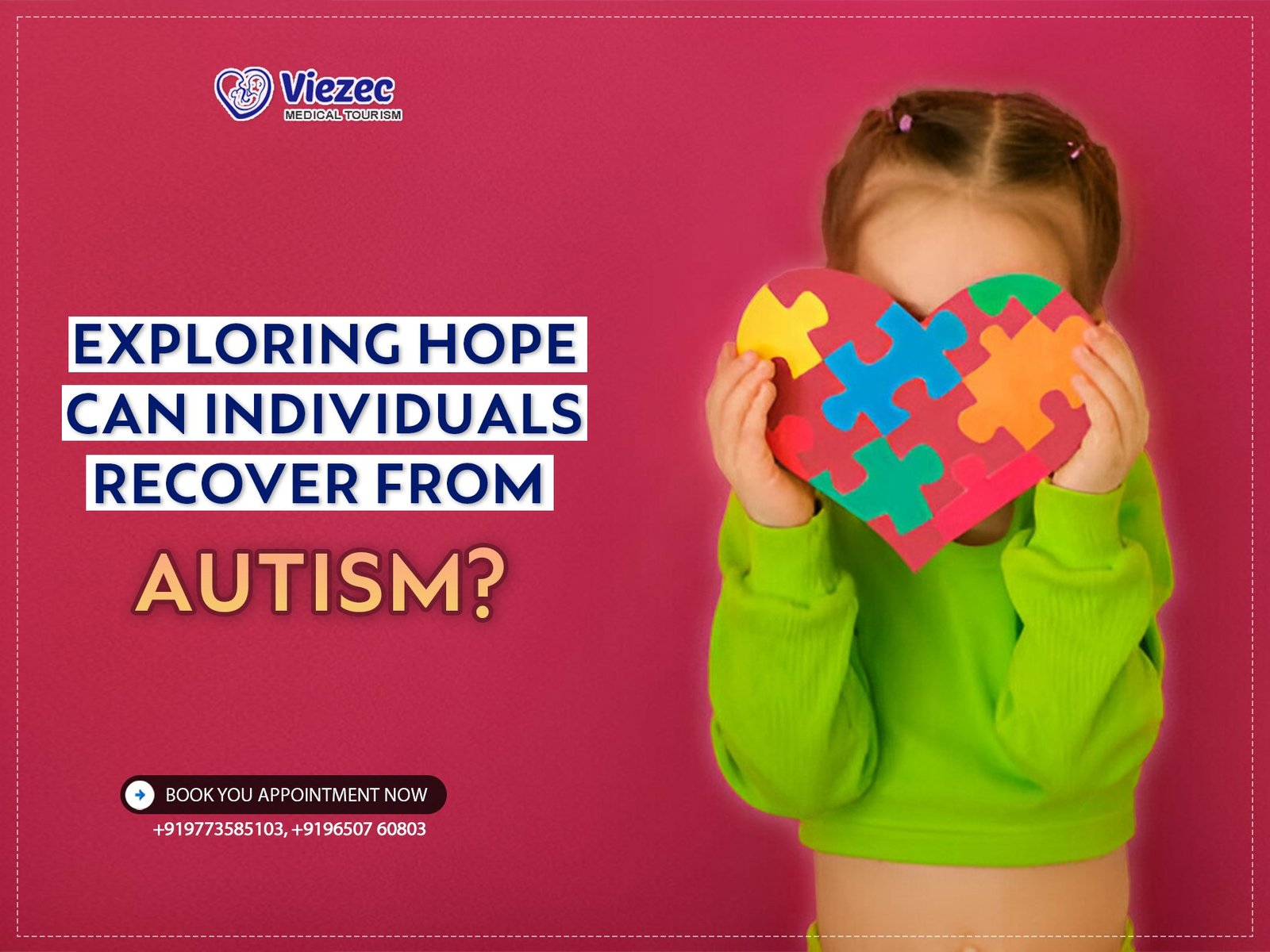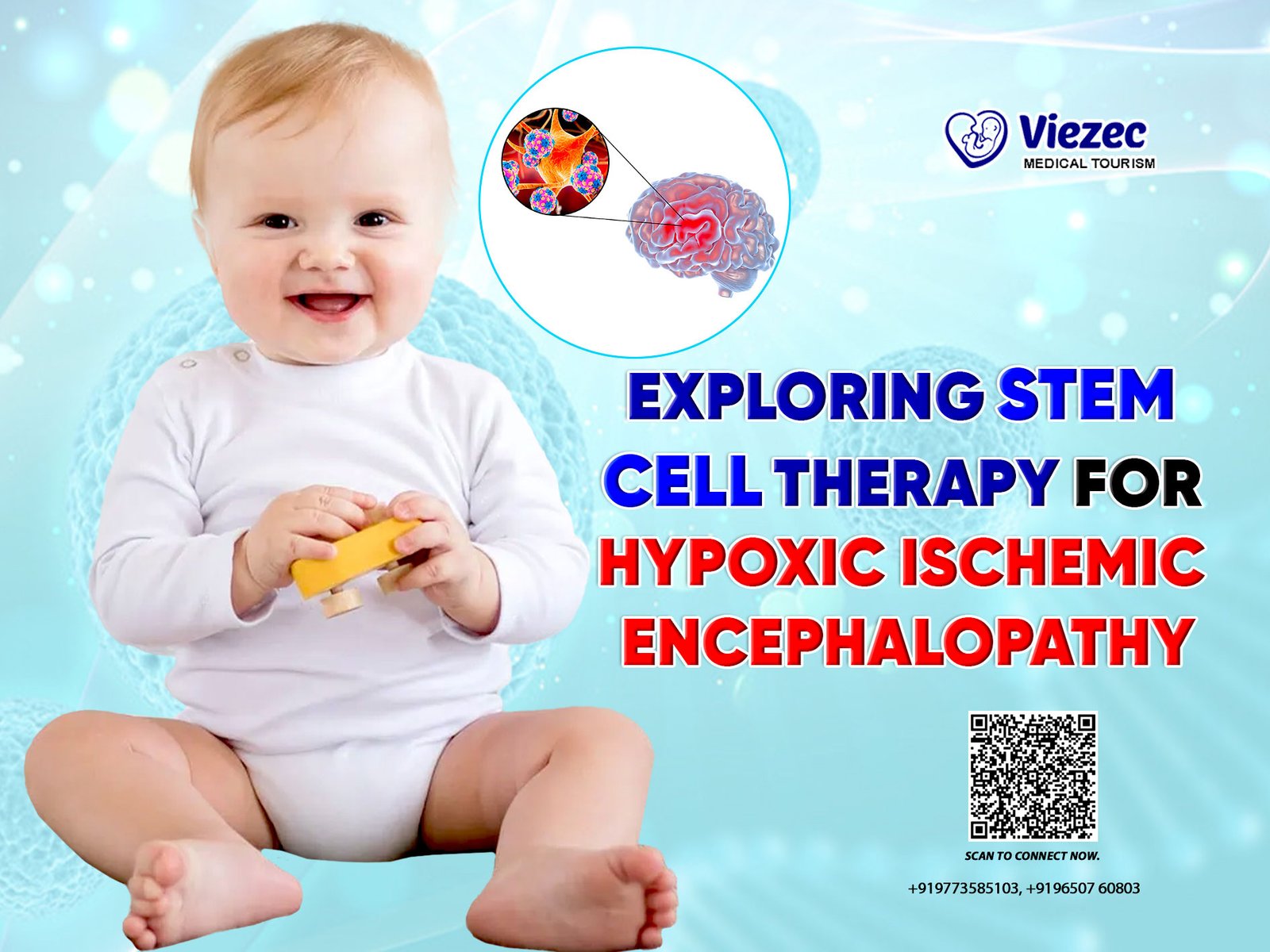Autism Spectrum Disorder (ASD) and Attention-Deficit/Hyperactivity Disorder (ADHD) are two distinct neurodevelopmental conditions that often present overlapping symptoms, yet they differ significantly in their etiology, clinical presentation, and treatment approaches. ASD is characterized by challenges in social interaction, communication, and repetitive behaviors, whereas ADHD is marked by inattention, hyperactivity, and impulsivity. Despite these differences, both conditions can impact individuals’ daily functioning and quality of life.
Importance of Understanding Differences
Distinguishing between autism and ADHD is crucial for accurate diagnosis and appropriate intervention. Misdiagnosis or overlooking one condition for the other can lead to ineffective treatments and missed opportunities for tailored support. Understanding the unique characteristics of each condition enables healthcare professionals, educators, and caregivers to provide targeted interventions and accommodations that address the specific needs of individuals with autism or ADHD.
Epidemiology and Prevalence
Global Statistics
ASD and ADHD are prevalent worldwide, with varying rates across different populations and regions. According to the World Health Organization (WHO), approximately 1 in 160 children has ASD globally, while ADHD affects around 5% of children and adolescents worldwide. These prevalence rates highlight the significant public health impact of neurodevelopmental disorders and the need for comprehensive support services and resources.
Age of Onset and Diagnosis
Autism typically manifests in early childhood, with symptoms often becoming apparent by the age of two or three. In contrast, ADHD symptoms may emerge as early as preschool age but are frequently recognized during the elementary school years when academic demands increase. Timely diagnosis and intervention are essential for both conditions to optimize outcomes and minimize long-term challenges associated with untreated symptoms.
Gender Differences
Research suggests that autism is more commonly diagnosed in males than females, with a reported male-to-female ratio of around 4:1. In contrast, ADHD is diagnosed more evenly across genders, although boys are still more likely to receive a diagnosis than girls. Understanding these gender differences can inform clinical practice and ensure that diagnostic criteria and assessment tools are sensitive to the diverse presentations of autism and ADHD across sexes.
Etiology and Risk Factors
Genetic Factors
Both autism and ADHD have a strong genetic component, with heritability estimates ranging from 70% to 90% for ASD and approximately 70% for ADHD. Numerous genes have been implicated in both conditions, although the precise genetic mechanisms underlying their development remain complex and multifaceted. Genetic studies have provided valuable insights into the biological pathways involved in autism and ADHD, paving the way for personalized medicine approaches and targeted interventions.
Environmental Influences
Environmental factors, such as prenatal exposure to toxins, maternal health during pregnancy, and early childhood experiences, also play a role in the development of autism and ADHD. Maternal smoking, alcohol consumption, and certain medications have been associated with an increased risk of neurodevelopmental disorders. Additionally, exposure to environmental pollutants, such as lead and pesticides, has been linked to neurobehavioral impairments in children. Identifying and mitigating modifiable environmental risk factors is essential for prevention and early intervention efforts.
Neurological Variances
Neuroimaging studies have revealed distinct neuroanatomical and functional differences in the brains of individuals with autism and ADHD. In autism, alterations in brain connectivity, particularly involving regions implicated in social cognition and sensory processing, have been observed. In ADHD, abnormalities in frontostriatal circuits responsible for attention, impulse control, and motor coordination are frequently reported. Understanding these neurobiological underpinnings can inform the development of targeted treatments and interventions tailored to the unique neural profiles of autism and ADHD.
Clinical Presentation and Symptoms
Behavioral Characteristics of Autism
Autism is characterized by a range of behavioral features, including deficits in social communication and interaction, restricted interests, and repetitive behaviors. Individuals with autism may have difficulty understanding nonverbal cues, maintaining eye contact, and engaging in reciprocal conversation. They may also exhibit rigid adherence to routines, intense preoccupations with specific topics, and sensory sensitivities to auditory, visual, or tactile stimuli. These behavioral traits can vary widely in severity and impact across individuals with autism spectrum disorder.
Behavioral Characteristics of ADHD
ADHD is typified by core symptoms of inattention, hyperactivity, and impulsivity, which manifest across multiple settings and activities. Inattentive symptoms may include difficulty sustaining attention, organizing tasks, and following through on instructions. Hyperactive-impulsive symptoms may manifest as fidgeting, restlessness, excessive talking, and difficulty waiting or taking turns. While individuals with ADHD may display impulsivity in decision-making and social interactions, they often struggle with inhibitory control and self-regulation.
Overlapping Symptoms and Challenges
Although autism and ADHD have distinct diagnostic criteria, there is considerable overlap in their symptomatology, leading to diagnostic complexity and potential comorbidity. Both conditions can co-occur in some individuals, further complicating the clinical picture and treatment planning. Challenges in social communication, executive functioning, and sensory processing are commonly observed in both autism and ADHD, necessitating comprehensive assessments and individualized interventions that address the unique needs of each individual.
Diagnostic Criteria and Assessment
DSM-5 Criteria for Autism Spectrum Disorder
The Diagnostic and Statistical Manual of Mental Disorders, Fifth Edition (DSM-5), outlines specific criteria for diagnosing autism spectrum disorder based on deficits in social communication and interaction, as well as restricted, repetitive patterns of behavior, interests, or activities. Additional criteria include the onset of symptoms in early childhood and impairment in social, occupational, or other areas of functioning. Diagnostic evaluation typically involves comprehensive assessments by multidisciplinary teams, incorporating developmental history, behavioral observations, and standardized measures.
DSM-5 Criteria for Attention-Deficit/Hyperactivity Disorder
ADHD diagnosis is guided by DSM-5 criteria, which delineate symptoms of inattention, hyperactivity, and impulsivity that must be present for a specified duration and severity to meet diagnostic thresholds. The presentation of ADHD may vary, with predominantly inattentive, predominantly hyperactive-impulsive, or combined presentations. Assessment tools such as behavior rating scales, clinical interviews, and neuropsychological tests are utilized to evaluate symptomatology and functional impairment across multiple domains.
Differential Diagnosis Challenges
Distinguishing between autism and ADHD can be challenging due to overlapping symptoms and the presence of comorbid conditions, such as anxiety, depression, or intellectual disability. Differential diagnosis requires careful consideration of developmental history, behavioral observations, and standardized assessments to differentiate between primary neurodevelopmental disorders and secondary manifestations of other underlying conditions. Collaboration among healthcare providers, educators, and families is essential for accurate diagnosis and comprehensive treatment planning.
Neurobiological Underpinnings
Brain Structure and Function in Autism
Autism spectrum disorder (ASD) is characterized by atypical brain development, marked by differences in both structure and function. Studies using neuroimaging techniques such as MRI have revealed abnormalities in various brain regions implicated in social cognition, communication, and sensory processing. For instance, the amygdala, crucial for processing emotions and social cues, often shows altered connectivity patterns in individuals with ASD. Additionally, differences in the size and organization of the cerebral cortex, particularly in regions associated with language and social perception, have been observed.
Brain Structure and Function in ADHD
Attention-deficit/hyperactivity disorder (ADHD) is primarily associated with disruptions in the brain circuits responsible for attention, impulse control, and executive functions. Neuroimaging studies have highlighted alterations in the prefrontal cortex, basal ganglia, and cerebellum in individuals with ADHD. These regions play crucial roles in regulating attention, behavior, and motor coordination. Moreover, dysregulation of neurotransmitter systems, particularly dopamine and norepinephrine, further contributes to the neurobiological underpinnings of ADHD.
Neurochemical and Neurotransmitter Differences
While both autism and ADHD involve complex interactions between genetic predispositions and environmental factors, they are associated with distinct neurochemical profiles. In autism, abnormalities in neurotransmitter systems such as serotonin, glutamate, and gamma-aminobutyric acid (GABA) have been implicated. These neurotransmitters play essential roles in modulating mood, cognition, and sensory processing. Conversely, ADHD is characterized by dysregulation of catecholamine neurotransmitters, particularly dopamine and norepinephrine, which are crucial for sustaining attention and regulating impulse control.
Treatment Approaches
Behavioral Interventions for Autism
Behavioral interventions are the cornerstone of autism treatment, focusing on improving social communication, adaptive skills, and reducing maladaptive behaviors. Applied Behavior Analysis (ABA), Early Start Denver Model (ESDM), and Social Skills Training (SST) are among the evidence-based approaches used to address the core symptoms of autism. These interventions emphasize structured learning environments, reinforcement techniques, and individualized goal-setting to promote positive outcomes.
Pharmacological Treatments for ADHD
Pharmacological interventions play a significant role in managing ADHD symptoms, particularly in cases where behavioral interventions alone are insufficient. Stimulant medications such as methylphenidate and amphetamine derivatives are the first-line treatments for ADHD, effectively targeting dopamine and norepinephrine dysregulation in the brain. Non-stimulant medications like atomoxetine and guanfacine may also be prescribed, especially in individuals who experience adverse effects or have comorbid conditions.
Complementary and Alternative Therapies
In addition to conventional treatments, complementary and alternative therapies are often explored to complement the management of autism and ADHD symptoms. These may include dietary interventions, sensory integration therapy, mindfulness practices, and biofeedback techniques. While empirical evidence supporting the efficacy of these approaches varies, many individuals and families report benefits in symptom management and overall well-being.
Educational Strategies and Support
Individualized Education Plans (IEPs) for Autism
Individualized Education Plans (IEPs) are comprehensive documents designed to address the unique learning needs and challenges of students with autism. These plans outline specific academic goals, accommodations, and support services tailored to the individual’s strengths and weaknesses. Common accommodations include visual aids, sensory breaks, preferential seating, and modified instruction techniques to optimize learning outcomes.
Classroom Accommodations for ADHD
Students with ADHD may benefit from various classroom accommodations to mitigate academic challenges and promote success. These accommodations often include preferential seating near the teacher, frequent breaks, extended time for assignments and exams, and the use of assistive technologies such as noise-canceling headphones or fidget tools. Additionally, implementing structured routines, clear instructions, and positive reinforcement strategies can help foster a supportive learning environment.
Support Services and Resources
Both autism and ADHD necessitate access to a range of support services and resources to address the diverse needs of individuals and families. These may include speech and language therapy, occupational therapy, social skills groups, counseling services, and parent training programs. Collaboration between educators, healthcare professionals, and community organizations is essential to ensure comprehensive support across various domains of functioning.
Impact on Daily Functioning
Social and Communication Challenges in Autism
Social communication deficits are hallmark features of autism spectrum disorder, affecting interactions with peers, family members, and the broader community. Difficulties in understanding nonverbal cues, maintaining reciprocal conversations, and interpreting social contexts often contribute to social isolation and interpersonal misunderstandings. Interventions targeting social skills development, perspective-taking, and emotion regulation can help individuals with autism navigate social interactions more effectively.
Executive Functioning Difficulties in ADHD
Executive functioning encompasses a set of cognitive processes responsible for goal-directed behavior, self-regulation, and decision-making. Individuals with ADHD commonly experience challenges in areas such as impulse control, time management, organization, and working memory. These difficulties can significantly impact academic performance, employment prospects, and daily functioning. Multimodal interventions combining behavioral strategies, organizational tools, and cognitive-behavioral therapy (CBT) techniques aim to improve executive functioning skills and promote self-management.
Coping Mechanisms and Adaptive Strategies
Both autism and ADHD require the development of coping mechanisms and adaptive strategies to navigate everyday challenges and promote well-being. These may include mindfulness practices, stress management techniques, sensory regulation strategies, and self-advocacy skills. Engaging in activities that align with individual interests and strengths can also foster a sense of competence and resilience. Additionally, fostering supportive relationships, building a strong support network, and accessing peer mentorship opportunities can enhance coping abilities and promote positive outcomes.
Emerging Research and Future Directions
Advances in Understanding Autism
Recent research efforts have led to significant advances in understanding the underlying mechanisms and heterogeneity of autism spectrum disorder. Integrative approaches combining genetics, neuroimaging, and biomarker studies hold promise for identifying distinct subtypes and personalized treatment targets. Moreover, the exploration of novel intervention strategies, such as targeted neurostimulation techniques and early intervention approaches, represents exciting avenues for improving outcomes and enhancing the quality of life for individuals with autism.
Innovations in ADHD Research
The field of ADHD research continues to evolve rapidly, with ongoing efforts to elucidate the neurobiological basis and developmental trajectories of the disorder. Advances in neuroimaging technologies, genetics, and neuropsychological assessments offer valuable insights into the underlying neural circuits and cognitive processes implicated in ADHD. Furthermore, emerging treatments such as neurofeedback, cognitive training programs, and transcranial magnetic stimulation (TMS) hold promise for addressing core symptoms and associated impairments in ADHD.
Potential Role of Stem Cell Therapy
Stem cell therapy has garnered attention as a potential therapeutic approach for neurodevelopmental disorders such as autism and ADHD. Preclinical studies exploring the transplantation of neural stem cells or induced pluripotent stem cells (iPSCs) have shown promising results in animal models, suggesting the potential for neuroregeneration and functional recovery. However, significant challenges remain regarding safety, efficacy, and ethical considerations in translating stem cell-based interventions to clinical practice. Continued research efforts are needed to evaluate the feasibility and long-term outcomes of stem cell therapy in treating neurodevelopmental conditions.









